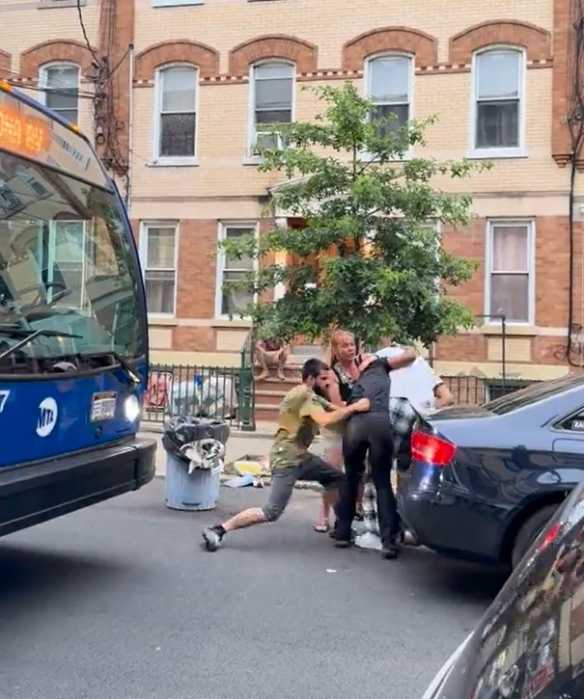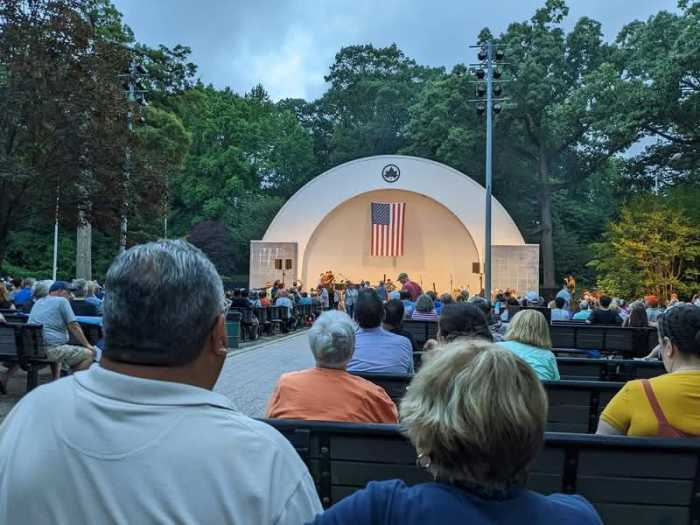By Lesley Grimm
Ninety percent of Brooklyn’s worst sex offenders are living less than a quarter-mile from a school, according to a troubling new study. These convicted criminals have moved in to a slew of Brooklyn neighborhoods, from Coney Island to Canarsie, Brownsville to Flatbush and Bay Ridge to Red Hook. The report, completed by Rep. Anthony Weiner, shows many convicted felons are living within earshot of schoolyards. The new research finds 27 percent of Level 2 and Level 3 (moderate and high-risk) offenders have settled within just two blocks of school buildings. “The proximity of so many offenders so close to schools was frankly shocking,” Weiner said in a phone interview. “It was pretty stunning.” Brooklyn boasts the dubious distinction of having the highest number of sex offenders of any borough in New York City, with 671 offenders choosing to call Brooklyn home. The New York City school with the most sex offenders living nearby emerged as Thaddeus Stevens Elementary School (P.S 81) of Bushwick, according to the research. Six offenders live within two blocks of P.S. 81, including convicted child rapist Jeffrey Norwood. Norwood served time for assaulting a 10-year-old girl, and has been designated a “sexually violent offender.” He now resides only 229 feet from where elementary students go to class. Sex offenders are currently allowed to live anywhere in New York City, with the exception of restrictions judges may place on parolees and probationers. While many municipalities have moved to restrict sex offenders from living close to schools, such a measure is seen as unfeasible in New York City because of its densely populated neighborhoods. While forcing out ex-cons may not be an option, new intense surveillance is being considered. Serious offenders like Jeffrey Norwood in Bushwick could be required to wear satellite tracking devices – if proposed legislation is passed – allowing authorities to track their every move. Weiner, joined Rep. Ed Towns, has introduced a bill that would provide $100 million to law enforcement agencies to fund global positioning systems such as ankle bracelets. An alert could be sent to police if an offender lingers near school property or an “exclusion zone.” GPS monitoring of sex offenders is already being used in Massachusetts, Wyoming and in New York’s Westchester County. The two legislators are also pushing for changes that would arm parents with better tools to track offender through the Internet. New York, along with most states, allows citizens to search for offenders through an online database. Parents are restricted by the limited search parameters of name, zip code and county. Weiner proposes adding mapping technology and expanded search options to sex offender websites. These advances would allow parents to search for offenders near a particular school or daycare center. Weiner’s analysis focused on the 2,114 registered sex offenders residing in New York City, as listed on the New York State Offender Registry. Using Library of Congress cartography programs, staffers cross-referenced the location of NYC schools against the addresses of known sex offenders. Since 1996, sex offenders in the state of New York have had to register with the Division of Criminal Justice Services. While all offenders are required by law to report their address to the state, not all offenders are included in the publicly available New York State Offender Registry. Before June 2006, only Level 3 offenders – the most likely to re-offend – were included in the online database. Under new state law, Level 2 is now also included. Level 1 offenders remain excluded from the public registry and are excluded from Weiner’s analysis. Responding to the new report’s findings, the City’s Department of Education assured parents they are working closely with the NYPD to mitigate any potential risk. “We take very aggressive steps to ensure our students stay safe,” said Education Department spokesperson Dina Paul Parks. “We are very proactive.” Paul Parks said protocols exist that make sure parents are notified of high-risk sex offenders living in the vicinity of schools. Under formal regulations, a local police precinct will notify individual schools, and principals will then send a letter home to parents. While pedophiles are widely stereotyped as perverted strangers trawling for victims near schools and parks, experts in the field urge parents and public policy makers to consider the true nature of most child sexual abuse. “There are people like that out there, but the reality is they make up a very small percentage,” said Kenneth Lau, president of the New York Chapter of the Association for the Treatment of Sexual Abusers. “In most cases the offender knows the victim,” cautions Charles Onley, a researcher with the Maryland-based Center for Sex Offender Management. “Parents should take into account that there is a much greater danger from people who already have access to their children,” Onley said. Recidivism rates for sex offenders have been the focus of several studies, each with varying results. Weiner’s office cites a 1997 report in the Law and Human Behavior journal that revealed 52% of convicted child molesters and 39% convicted rapists are charged with another sex crime within 25 years of release from prison. Research by the Bureau of Justice Statistics studied 9,691 sex offenders after their release from prison in 1994. Within three years of their release, five percent of the group had been rearrested for another sex crime. Experts believe arrest and re-arrest data underestimates actual offense statistics because many victims of sexual assault are reluctant to report their victimization to police Members of the public can access the New York State Offender Registry at criminaljustice.state.ny.us to look up Level 2 and Level 3 offenders in their neighborhood. Alternatively, call 1-800-262-3257 for information on all levels.


































